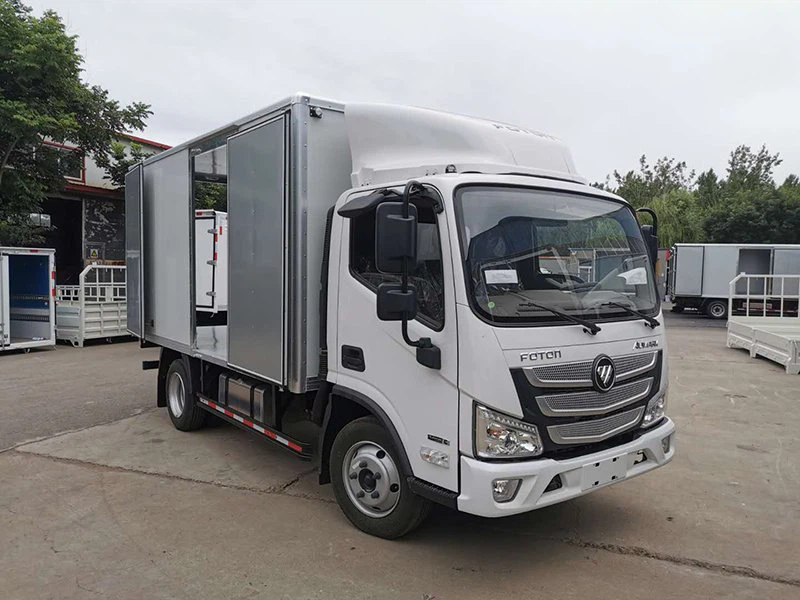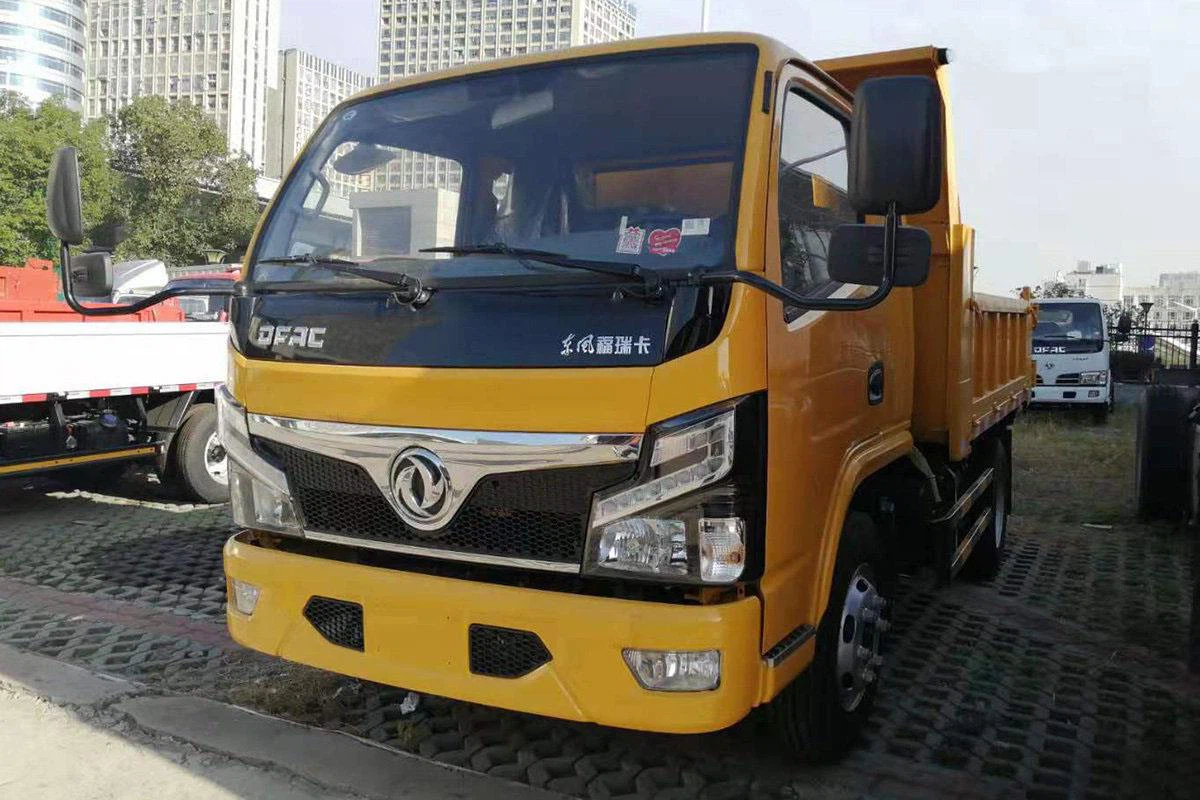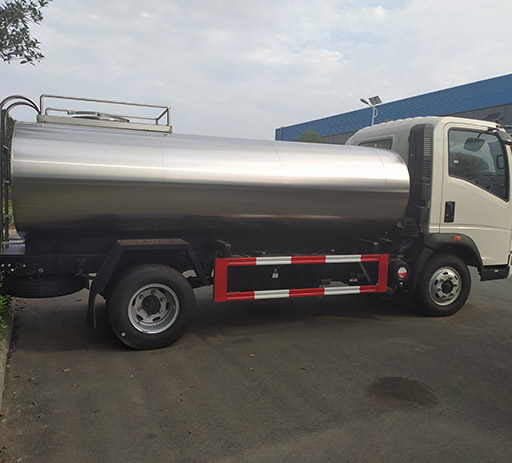Understanding the Fire Truck Ambulance Combo: A Comprehensive Guide

The fire truck ambulance combo represents a critical innovation in emergency services, combining the capabilities of fire trucks and ambulances. This comprehensive guide explores the significance, functionality, design, and benefits of this essential vehicle in modern emergency response. Understanding its role can enhance community safety and preparedness, ensuring that emergency services are equipped to handle various situations efficiently.
1. Overview of Fire Truck Ambulance Combos
The fire truck ambulance combo is a dual-function emergency response vehicle designed to serve both firefighting and medical emergency needs. These vehicles are strategically built to respond rapidly to incidents requiring fire suppression and immediate medical aid.
1.1 Historical Context
The emergence of fire truck ambulance combos has revolutionized the way emergency services operate. Traditionally, the response to fire incidents and medical emergencies required separate vehicles. This approach often led to delays and inefficient resource allocation. The advent of the combo vehicle aimed to address these challenges by integrating both functionalities in one unit.
1.2 Importance in Emergency Response
In urgent situations, time is of the essence. The fire truck ambulance combo allows for quicker response times, as a single team can handle both firefighting and medical emergencies. This dual capability can significantly save lives by ensuring timely intervention.
2. Features of Fire Truck Ambulance Combos
2.1 Vehicle Design and Structure
Fire truck ambulance combos are robust vehicles that feature compartments for firefighting equipment, medical supplies, and personnel seating. Below is a table summarizing common features:
| Feature | Description |
|---|---|
| Seating Capacity | Typically accommodates multiple firefighters and EMTs. |
| Compartmentalization | Design allows for storage of both medical and firefighting gear. |
| Communication Systems | Equipped with radios and emergency communication tools. |
| Advanced Medical Equipment | Includes defibrillators, stretchers, and trauma kits. |
| Water Supply | Many combos have an onboard water tank and pump. |
2.2 Safety Features
Safety is paramount in emergency services. Fire truck ambulance combos are equipped with various safety features, including:
- Anti-lock braking systems (ABS)
- Stability control systems
- Advanced lighting systems for visibility
- Protective gear storage
3. Comparison with Traditional Emergency Vehicles
3.1 Cost-Efficiency
Combining two emergency functions in one vehicle can lead to significant savings in operational costs for emergency services. Municipalities can allocate funds more efficiently, as they require fewer vehicles and staff members for dual functionalities.
3.2 Space Considerations
Fire stations often face space constraints. The fire truck ambulance combo optimizes available space, eliminating the need for separate parking areas for ambulances and fire trucks.

4. Operational Procedures and Protocols
4.1 Training for Personnel
Emergency responders who operate fire truck ambulance combos must undergo specialized training to effectively handle both firefighting and medical emergencies. This includes:
- Understanding vehicle operation
- Learning the use of firefighting equipment
- Medical emergency response training
4.2 Response Scenarios
The operational protocol typically includes specific response scenarios such as:
| Scenario | Response Actions |
|---|---|
| Structure Fire | Deploy firefighting equipment and provide medical aid to injured individuals. |
| Traffic Accident | Secure the scene, provide patient care, and manage fire hazards. |
5. Benefits of Fire Truck Ambulance Combos
5.1 Improved Response Times
Having both firefighting and medical capabilities in one vehicle significantly enhances response times, especially in rural areas where emergency services may be stretched thin. Quick action can be the difference between life and death.
5.2 Streamlined Communication
Combos allow for improved communication within emergency teams. With everyone on board, situations can be assessed quickly, allowing for immediate action based on the unfolding emergency.
6. Challenges and Solutions
6.1 Vehicle Maintenance
Combining two functions increases the complexity of maintenance. Regular checks must cover both firefighting and medical equipment. To address this:
- Implement a rigorous maintenance schedule.
- Invest in training personnel on vehicle upkeep.
6.2 Budget Constraints
Purchasing a fire truck ambulance combo represents a significant investment. Local governments may face budgetary challenges. Solutions include:
- Seeking grants for emergency service upgrades.
- Collaborating with neighboring districts to share costs.
7. Real-World Examples
7.1 Example from Urban Fire Departments
Many urban fire departments have successfully integrated fire truck ambulance combos into their fleet. In cities like Los Angeles, these vehicles have reduced response times significantly in high-density areas.
7.2 Rural Fire Departments
Rural fire departments benefit immensely from these combos. For example, a fire station in Idaho reported a 40% increase in their response rate to emergencies, showcasing the effectiveness of the combo in challenging terrains.

8. Innovative Technologies in Fire Truck Ambulance Combos
8.1 GPS and Navigation Systems
Modern fire truck ambulance combos are often equipped with advanced GPS and navigation systems that ensure the quickest routes to emergency sites, improving efficiency in critical situations.
8.2 Telemedicine Capabilities
The integration of telemedicine in these vehicles allows EMTs to communicate directly with medical professionals during transport, providing real-time information and enhancing patient care.
9. Community Awareness and Preparedness
9.1 Public Education Programs

Educating the community about the fire truck ambulance combo’s capabilities is vital. Fire departments often run workshops or community events to inform citizens of this resource’s availability and functionality.
9.2 Emergency Preparedness Drills
Incorporating fire truck ambulance combos in community preparedness drills can familiarize citizens with the vehicle and its functions, improving community resilience.
10. FAQs about Fire Truck Ambulance Combos
10.1 What is the main advantage of having a fire truck ambulance combo?
The main advantage is the ability to respond to both firefighting and medical emergencies efficiently, reducing response times and resource allocation challenges.
10.2 Are fire truck ambulance combos more expensive than traditional vehicles?
While the initial investment may be higher, fire truck ambulance combos can be more cost-effective in the long run by reducing the need for multiple vehicles and staff.
10.3 How do departments train their personnel for these vehicles?
Departments implement specialized training programs that cover vehicle operation, firefighting techniques, and medical emergency response.
10.4 Can these vehicles handle all types of emergencies?
While fire truck ambulance combos are equipped to handle various emergencies, there may be instances where specialized vehicles are required for specific situations.
10.5 What are the maintenance requirements for a fire truck ambulance combo?
Regular maintenance checks, including inspections of both firefighting and medical equipment, are crucial to ensure the vehicle’s optimal performance.
10.6 Are communities encouraged to have their own fire truck ambulance combos?
Yes, many communities are encouraged to invest in such vehicles to enhance their emergency response capabilities and ensure public safety.
